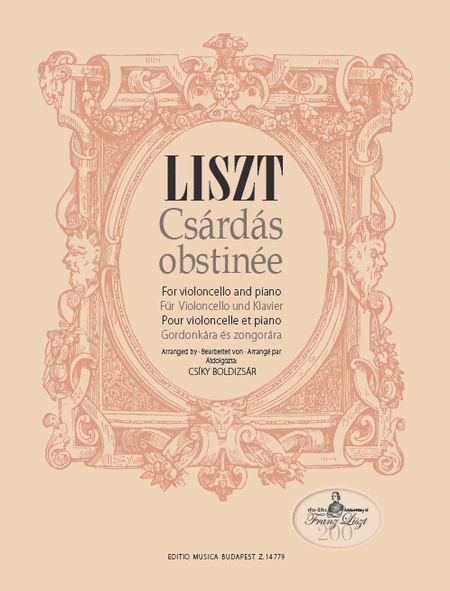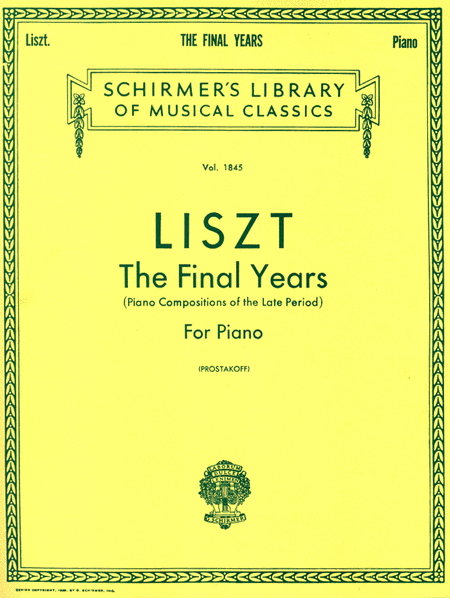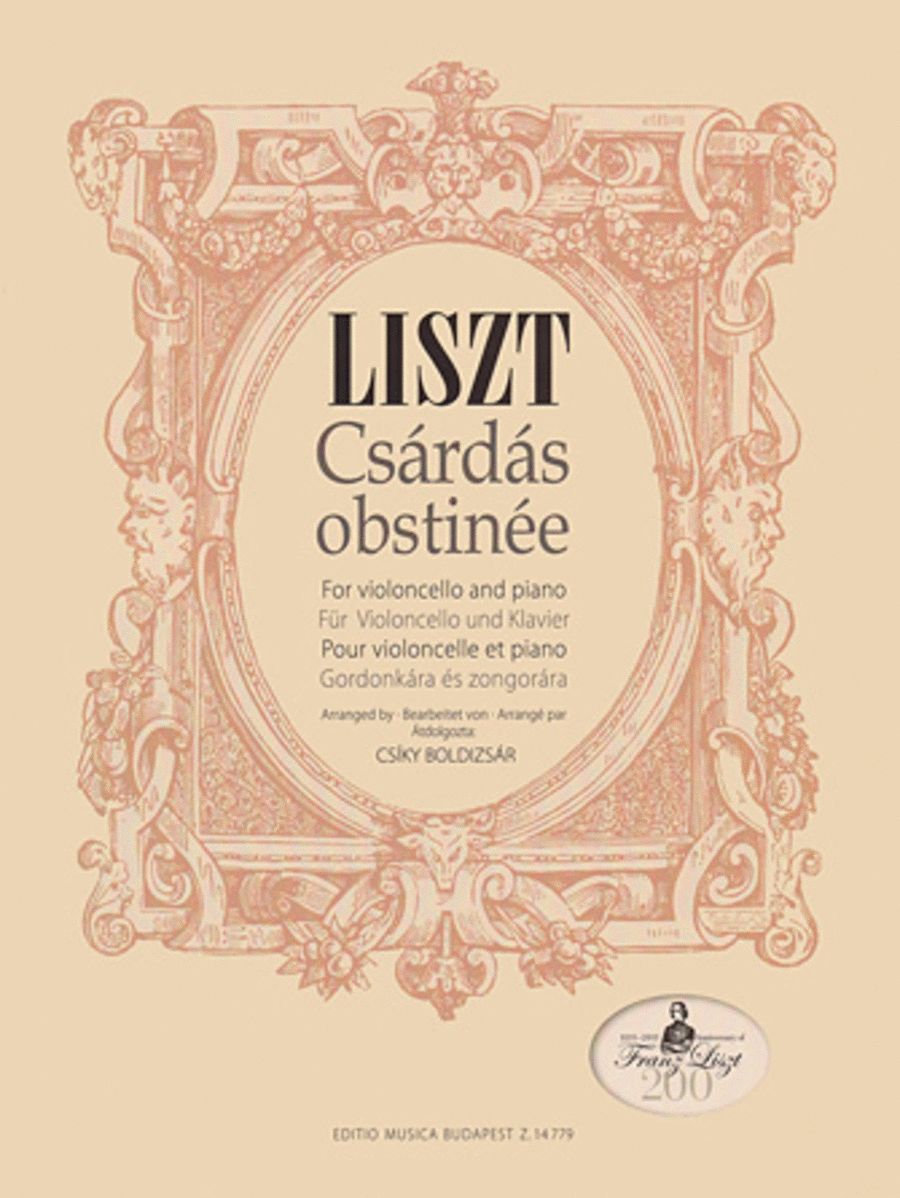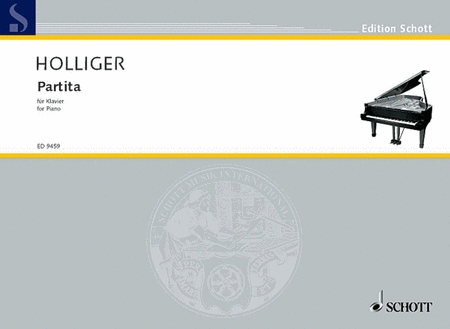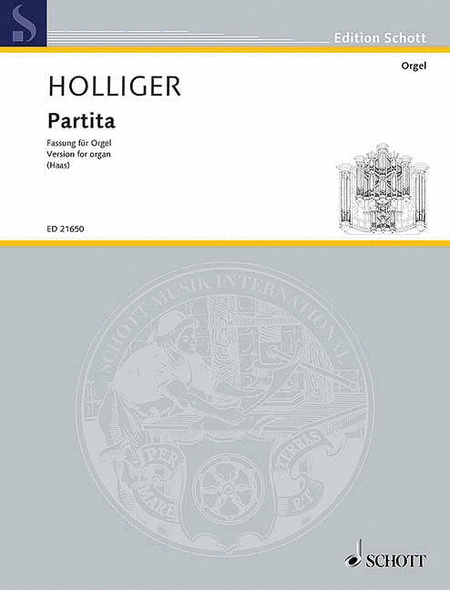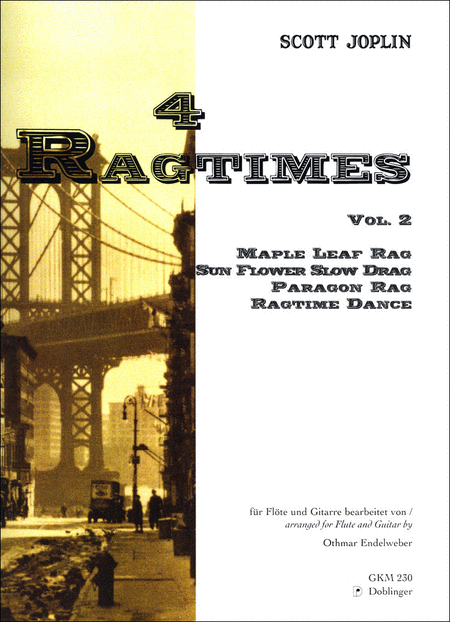Cello and Piano
SKU: BT.EMBZ14779
Composed by Franz Liszt. Book Only. Composed 2011. 16 pages. Editio Musica Budapest #EMBZ14779. Published by Editio Musica Budapest (BT.EMBZ14779).
The arranger of this work (a well-known Hungarian composer living in Romania) writes: This piece has always excited my imagination, from several points of view. First of all, its name. The German title, the obstinate one, may refer to its ostinato character. This is close to Liszt's programme concept, but the French word 'obstiné' is closer in meaning to stubborn. There is just a shade of difference, but to me it is important, because the latter suggests the description of a type of behaviour, the emotional state of a dancer's inner frame of mind abstracted into movements, expressed in dance movements, and this is a fascinating interpretation. The demonstration ofstubborn resistance and defiance to the point of exhaustion was not a frequently occurring phenomenon with Liszt. Secondly, at the beginning of the seventies Zoltán Kocsis played the piece in Transylvania. At that time, I asked the composer, Is the character of the continuous staccato in the left hand sharp, short, or an accompanying background like a constant shadow? Is it a weighty Brahmsian staccato, an ominous knocking? - and so on. Then there are the Bartókian false relations that keep recurring in the work, the B-E flat-G, etc. That foreshadows Debussy, creating harmonic thrills that, when I hear the work, keep my continuing interest alive for it. Finally, my immediate reason for arranging the work was of a family nature: in connection with Liszt's jubilee year, my daughter, who is a cellist, wanted a 'more energetic' piece to play at a bicentenary concert an addition to the existing slow, lyrical, or sombre works written by Liszt for the cello.
The arranger of this work, the well-known Romania-based Hungarian composer Cs ky Boldizsár writes: This piece has always excited my imagination, from several points of view. First of all, its name. The German title, the obstinateone, may refer to its ostinato character, this is close to Liszt's programme concept, but the French word 'obstiné' is closer in meaning to stubborn. There is just a shade of difference, but to me it is important, because the lattersuggests the description of a type of behaviour, the emotional state of a dancer's inner frame of mind abstracted into movements, expressed in dance movements, and this is a fascinating interpretation. The demonstration of stubbornresistance , defiance to the point of exhaustion, was not a frequently occurring phenomenon with Liszt. Secondly, at the beginning of the seventies Zoltán Kocsis played the piece here in Transylvania (Romania).
Der Bearbeiter des Werkes, der renommierte ungarische Komponist aus Rumänien, schreibt: Dieses Stück reizte immer schon meine Phantasie, sogar in vielerlei Hinsicht. Als erstes sein Name. Der deutsche Titel âHartnäckiger' kann auf den ihm innewohnenden ostinativen Charakter hinweisen, was der Liszt'schen Programm-Konzeption näher kommt, das französische ,obstiné' steht jedoch eher dem Wort âdickköpfig' nah. Das sind nur geringfügige Unterschiede, mir ist das dennoch wichtig, weil aus Letzterem die Darstellung eines Verhaltens, der in Tanzgesten ausgedrückte, zur Bewegung abstrahierte innere emotionale Zustand eines Tänzers durchscheint, und das ist eine überaus beeindruckendeErklärung. Die Demonstration des bis zur Erschöpfung reichenden Trotzes, der störrischen Kraft erscheint bei Liszt selten. Der zweite Aspekt: Zu Beginn der 70er Jahre spielte bei uns Zoltán Kocsis das Stück. Schon damals (und seitdem) frage ich den Komponisten:.
Arr : Cello, PianoPublisher : EMB (Editio Musica Budapest)$18.95 - See more - Buy online
 (AMERICAN COMPANY)
(AMERICAN COMPANY) 